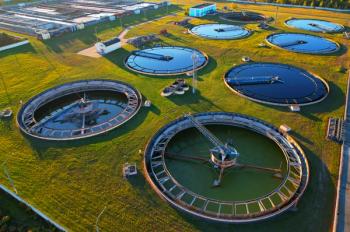
Ultra-fast analysis meets sensitivity and accuracy
Shimadzu has introduced the new GCMS-TQ8030 triple quadrupole gas chromatograph mass spectrometer which offers a solution for today’s challenges along with the speed, accuracy and ease-of-operation scientists demand.
Shimadzu has introduced the new
With Shimadzu’s high-efficiency, proprietary ion source the system achieves the highest sensitivity specification in its class for multiple reaction monitoring (MRM) measurements by GC/MS/MS, as well as for scan and SIM measurements by GC/MS.
The
The system comes equipped with Advanced Scanning Speed Protocol (ASSP™), a pat-ented Shimadzu technology that optimizes ion transmission parameters at fast scan speeds. The Ecology mode reduces power consumption by 26 percent and carbon diox-ide emissions by approx. 1.1 tons, and decreases the consumption of carrier gas.
For more information please visit
Newsletter
Join the global community of analytical scientists who trust LCGC for insights on the latest techniques, trends, and expert solutions in chromatography.





